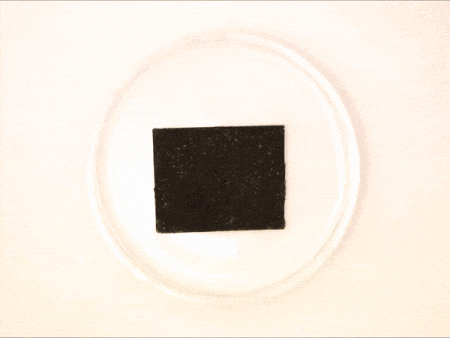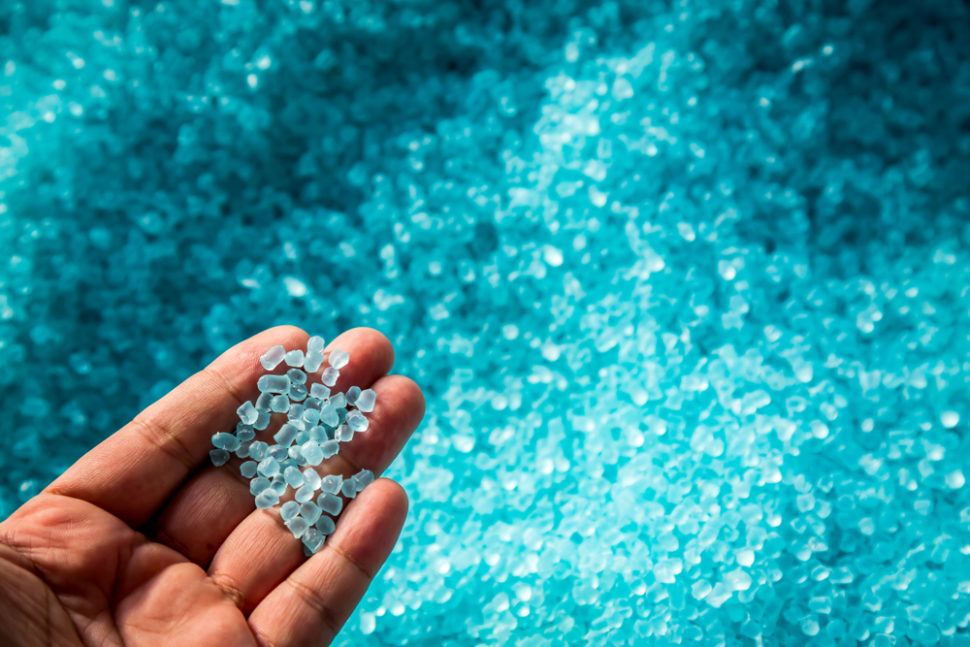A team of researchers from the U.S. Department of Energy‘s Lawrence Berkeley National Laboratory has reportedly developed a new recyclable plastic that can be recycled into new materials of any form, texture, color, or shape.
According to the team’s study published in the journal Nature Chemistry, the constituent parts of this next-generation plastic can be broken down at the molecular level, allowing it to be reassembled into different materials without losing its quality or performance.
Peter Christensen, the lead author of the study, said:
“Most plastics were never made to be recycled. But we have discovered a new way to assemble plastics that takes recycling into consideration from a molecular perspective.”
Christensen and his colleagues claim that mixing the chemical compositions of different plastics together during the recycling process reduces the quality and reusability of the new plastic product. However, the new technique they developed could potentially solve this problem.

New Recyclable Plastic
Plastic manufacturers use different chemicals to boost the properties of the plastics they produced. Unfortunately, these chemicals remain tightly bound to the monomers of the plastics even after they have gone through the recycling process.
This issue makes it hard to determine which properties will be inherited by the new plastic product from the mixture of different plastics used to create it. Christensen and his team want to create a plastic material whose original monomer can be recovered for reuse for as many times as possible or be upcycled to produce higher quality products.
The team discovered that this is possible with the polymers formed from PDK plastics. Brett Helms, a staff scientist from Berkeley Lab’s Molecular Foundry, explained:
“With PDKs, the immutable bonds of conventional plastics are replaced with reversible bonds that allow the plastic to be recycled more effectively.”
According to the researchers, the monomers of PDKs could be recovered and be separated from the chemical additives used during their production just by dipping them in a highly acidic solution. The team’s breakthrough provides better recycling and upcycling opportunities for many plastic products like shoes, watch bands, adhesives, and many more.
Helms added:
“If these facilities were designed to recycle or upcycle PDK and related plastics, then we would be able to more effectively divert plastic from landfills and the oceans. This is an exciting time to start thinking about how to design both materials and recycling facilities to enable circular plastics.”



















Comments (0)
Least Recent